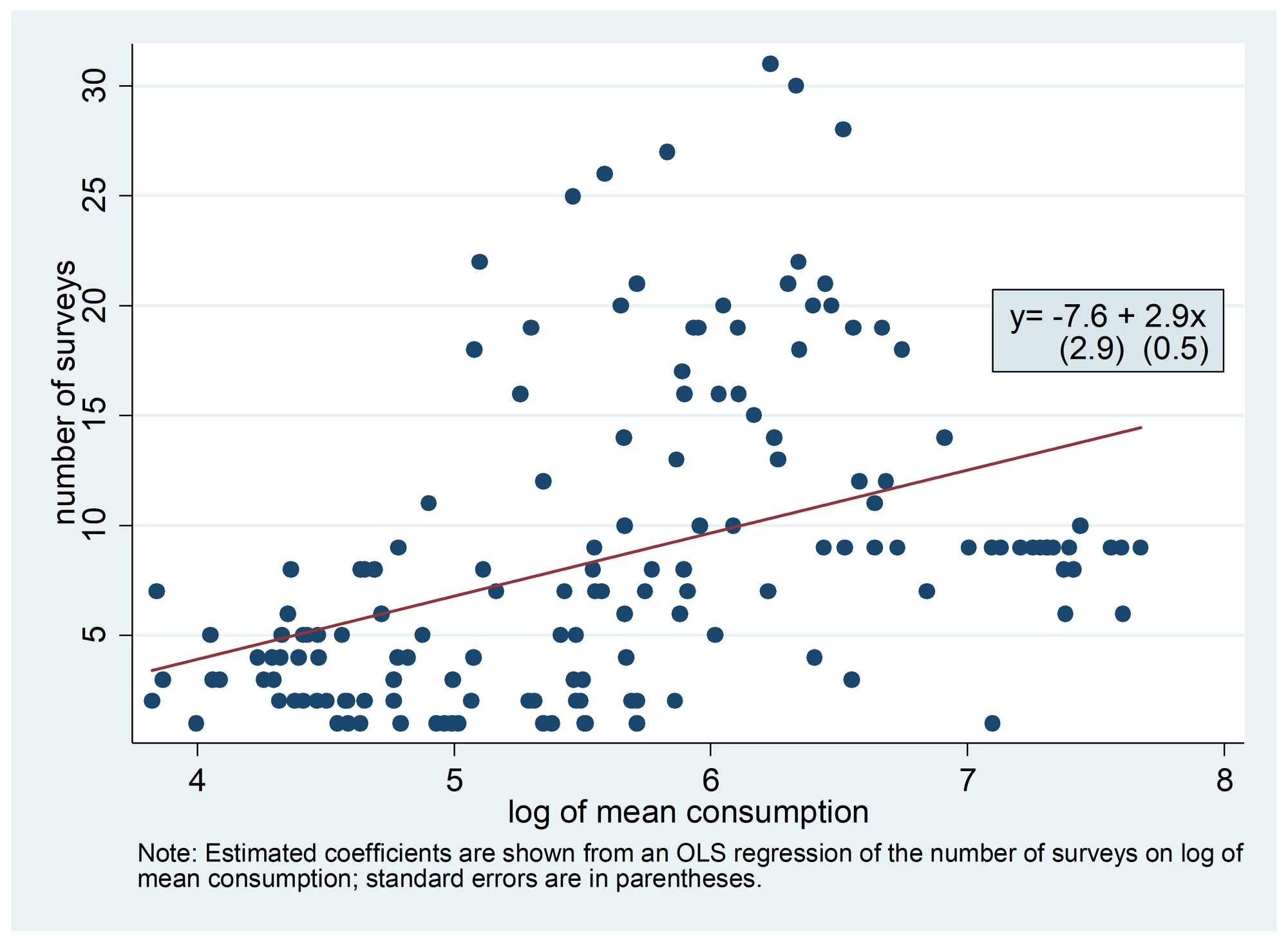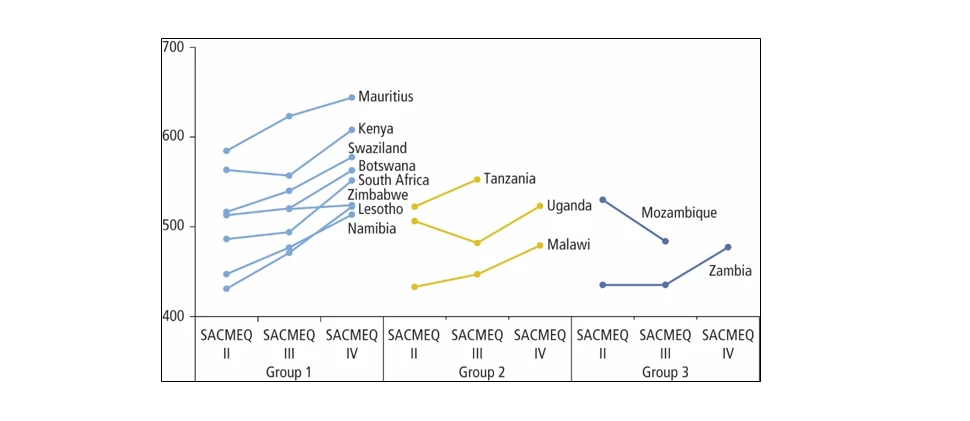[W]e resolve to promote gender equality and eliminate pervasive gender discrimination by . . . ensuring equal access to reproductive health.
—United Nations World Summit Outcome (2005)
In 2008 more than 350,000 women died from complications of pregnancy or childbirth and nearly 99 percent are in developing countries. For each woman who dies, 20 women suffer injury, infection, or disease. Pregnancy-related complications are among the leading causes of death and disability for women ages 15–44 in developing countries. The fifth Millennium Development Goal (MDG) has been broken down into two targets and aims at improving maternal health.
Target 5A: Reduce by three-quarters, between 1990 and 2015, the maternal mortality ratio
Dangerous for mothers
About half of maternal deaths occur in Sub- Saharan Africa, and about a third in South Asia. Together the two regions accounted for 87 percent of maternal deaths in 2008. The causes of maternal death vary. Hemorrhage is the leading cause in South Asia and Sub-Saharan Africa, while hypertensive disorders during pregnancy and labor are more common in Latin America and the Caribbean.
Providing care to mothers
Skilled attendance at delivery is critical for reducing maternal mortality. Since 1990 every region has made some progress in improving the availability of skilled health personnel at childbirth. In developing countries births attended by skilled health staff rose from 46 percent in 1990 to 63 percent in 2008. Countries in Europe and Central Asia have made the most progress in ensuring safe deliveries. Most have achieved universal coverage, and the rest are on track to achieve it by 2015. But the overall picture remains sobering. In South Asia and Sub-Saharan Africa more than half of births are not attended by skilled staff. And wealthy women are more than twice as likely as the poorest women to have access to skilled health staff at childbirth.
Many health problems among pregnant women are preventable and treatable through visits with trained health workers before childbirth. At least four visits would enable women to receive important services such as tetanus vaccinations, treatment of infections, and treatment for life-threatening complications. The proportion of pregnant women who had at least one antenatal visit rose from about60 percent in 1990 to about 80 percent in 2008. But the proportion who had four or more visits is still less than 50 percent in South Asia and Sub-Saharan Africa, where the majority of maternal deaths occur. The provision of reproductive health services is advancing very slowly in these regions.
Target 5B: Achieve, by 2015, universal access to reproductive health
High risks for young mothers and their children
In developing countries women continue to die because they lack access to contraception. And early pregnancy multiplies the chance of dying in childbirth. Contraceptive use has increased in most developing countries for which data are available, generally accompanied by reductions in fertility. In almost all regions more than half of women who are married or in union use some method of birth control. The exception is Sub-Saharan Africa, where contraceptive prevalence has remained at a little over 20 percent.
More than 200 million women want to delay or cease childbearing—roughly one in six women of reproductive age. Substantial proportions of women in every country—more than half in some—say that their last birth was unwanted or mistimed. More than a quarter of these pregnancies, about 52 million annually, end in abortion. About 13 percent of maternal deaths are attributed to unsafe abortions, and young women are especially vulnerable.





Join the Conversation